Amazon’s Echo, a connected device that combines the abilities of Siri and a bluetooth speaker in a 9.25-inch tall cylinder, is now available for anyone to buy if they have $179.99. And I’m here to tell you that if you have a music collection on Amazon’s cloud then you should fork over the cash and get one. For everyone else, keep reading to see if this product, which ships July 14, makes sense for you.
I’ve owned the Amazon Echo since December, and was in the first wave of people who were invited to purchase the product at a special $99 rate for Amazon Prime members. When it first arrived I was wowed by how well the Echo worked, compared to other voice recognition devices I’ve tried in the home. However, you couldn’t do much with it, because Amazon only linked it to its services and the Bing search engine. But since February, Amazon has opened up to developers and the device shows promise as a voice-activated home automation control, a way to order products online. and a convenient link to some cloud services such as Google and If This Then That.
What is it?
The Amazon Echo is essentially a voice-activated personal assistant for your home. People in the house can ask it questions, ask it to read books from Audible, ask for sports scores, set timers and even get it to tell terrible jokes. Some people set it up as an alarm clock, and have it read the day’s news from NPR when it wakes them up. It also is linked to Amazon Prime Music, which means it acts as a credible speaker that will play any music that’s available in your personal Amazon music library or the free music available for Prime members.
The sound quality is akin to what you get on a Jambox or other bluetooth speaker. It’s good, but it won’t replace a high-end stereo. Amazon launched with access to streaming music from TuneIn and iHeartRadio, but it now growing to other services including Pandora. I’m waiting for it to link to Spotify, so I can ask it to play me any song on that particular service. My daughter loves this aspect of the Echo, and requesting the Echo play a song is probably the most used command we give it. Which is why if your music is on Amazon Prime, I think this device is a no-brainer. It gives you a way to verbally access your entire music collection, plus some other fun voice-activated features.
The Echo also can act as a Bluetooth speaker for your phone, so I could play Spotify on the Echo’s speaker using my phone, although that defeats the purpose for me. The speaker fills up a normal-sized room, but isn’t enough to cover my entire downstairs. You can adjust the volume by turning a ring at the top of the Echo, asking it to turn it down, or using a remote control that you can buy for $29.99.
Living with Alexa
That’s what the Echo is, so what’s it like to live with it? The device arrives in a single box and takes about five minutes to set up. I put mine on a counter in the kitchen because we can talk to it from anywhere downstairs and it can hear us. I wish I had one upstairs in my bedroom as well, but I’m not entirely sure I need two of them.
You plug it in, download the Amazon Echo app, and then use the app connect it to your Wi-Fi network. The app also offers a way to see what the Echo hears, so you can check weird results. My Echo came with a remote control, but the current Echo requires a separate remote control purchase. The remote lets you issue spoken commands from farther away or in a noisy environment, and also allows you to skip songs or adjust volume. You can affix the remote to something using double-sided tape or a built-in magnet. It connects to the Echo via Bluetooth so it’s not super effective over long distances.
Once the Echo is plugged in, you have the option of setting up a few things. The first is the “wake word” that will trigger the device to listen. While the Echo has seven microphones (so it can hear you wherever you are in a room), the device only “listens” and opens a connection to the Amazon cloud service when it hears either “Alexa” or “Amazon” (the user chooses one of those words, and Amazon has promised other wake words eventually). We chose Alexa, which means that anytime someone says “Alexa” the Echo wakes up.
You’ll know it is listening because the ring of LEDs at the top of the cylinder will glow blue, with the lightest blue light facing the direction that the Echo last heard you. It’s a subtle user interface that makes it feel like the device is attuned to you without being creepy. Once the lights are on (or even a bit before) you can ask your question or issue your command. There is also a setting that will turn the microphones off, so you don’t have to worry that Jeff Bezos is spying on you. However, turning the mics off defeats the purpose of using voice as a hands-free interface.
In daily use, the Echo is an amazing listener. About 90 percent of the time, it understands exactly what I or others ask it to do. When it fails, it’s usually because I spoke a little too quickly or the words sounded similar. Over the holidays, many of my requests to “Play Christmas music,” ended up with the Echo playing Christian music. It doesn’t seem to have a hard time with my eight-year-old daughter’s voice, unlike some voice recognition applications that freeze up when kids talk.
It handled a friend’s English accent well, but it does have a hard time if a lot of people are talking at once. General background noise doesn’t faze the Echo, but a murmur of voices seems to cause the voice recognition effectiveness to go down.
It makes an excellent timer, although it’s notification chime is a bit soft. You can also add items to a To Do list or a shopping list and see the items you added in the Amazon Echo app. And integration with the IF This Then That web service also means you could send those items to an Evernote account, although that service might be a bit geeky for normal users. You can also link the Echo to yourGoogle calendar and ask it what you have planned for the day. It doesn’t distinguish between different calendars, so those with multiple Google calendars will have to pick one.
When it comes to home automation, the Echo has some skills as well. I linked the Echo to my Philips Hue connected lights and a lamp that is plugged into a Belkin WeMo switch, so all I have to do is say, “Alexa, turn off living room lights,” and they go off. It’s usually the last thing I say before going upstairs for the night and is easily the second most popular request of the device in our house.
Setting that integration up required me to spend five minutes asking the Echo to discover home control devices on my Wi-Fi network and then grouping the living room bulbs into a cluster called Living Room using the Echo app. I’m eagerly awaiting support for more devices and have heard from a variety of sources in the smart home sector that they are working on Amazon Echo integrations.
All in all, the Echo is easy to use, provides a way to listen to music on command and the array of interrogations have a lot of promise and utility. However, many of the integrations could use more thought, especially for homes with multiple users. But Amazon is clearly working to improve these and has already made huge strides in the seven months I’ve owned the device.
How the Echo fits with Amazon’s business
In my opinion the Amazon Echo makes a good-enough personal assistant that it’s worth the money, especially since I see it getting better over time and adding more features. A personal desire is a recipe-reading function so I no longer have to touch my iPad or phone while cooking. But outside of how a user might experience the Echo, what can we learn about Amazon’s business ambitions from the Echo? Amazon hasn’t suddenly decided that it wants to become a consumer electronics powerhouse. Like the Kindle, Amazon’s goals here are tied to its underlying e-commerce business.
The Kindle was about upsetting the publishing market, and the Echo has equally ambitious goals. Amazon currently lets you purchase songs via voice using the Echo if you set that feature up in your account. So I can buy Taylor Swift’s latest album just by telling Alexa to purchase it. (I have my Echo set to demand a security code, but you don’t have to enable this.) I can also re-order products that I’ve previously purchased on Amazon via a voice command.
This is one way it can help further Amazon’s retail business, but it also is in a prime position to become the Siri or Google Now of the home. And by stationing itself in the home and linking to other products, it can gather a trove of user data that it can use to make recommendations and understand consumer behavior. Because it is taking requests based on voices, it’s not crazy to think it might be able to create individualized profiles about the people living in a home, helping separate the individual people behind a single Prime account.
So it might know my daughter has a love affair with Tommy Tutone and Taylor Swift while my husband is in charge of ordering replacement doggie waste bags. It knows exactly how many Hue lights are in the house, and when they turn on and off. Since I usually read on a Kindle or the Kindle app before bed, Amazon can effectively track me from eight in the evening through 11 at night because I’m watching movies on its Prime Video service while adding items to my To-Do list and checking on my next day’s appointments on the Echo.
When it’s time to turn in, I tell it to turn off my lights and then my Kindle connects to Amazon’s cloud while I read a book that Amazon knows I’m reading. That’s a powerful amount of time spent interacting with Amazon’s services and sharing information. I haven’t seen my recommendations change drastically or experienced any offers yet via the Echo, but I wouldn’t be surprised if they eventually happen in some subtle fashion.
Still, the convenience and quality of the device are worth it. Of the more than 40 connected devices I own, the Echo is one that makes me really feel like I live in the future. And it’s a future that I enjoy.
Update: The story was updated to reflect that the remote control costs $29.99 and is a separate purchase.
This article originally appeared on Fortune.com
See the Factories Where Amazon Can Move 426 Items a Second
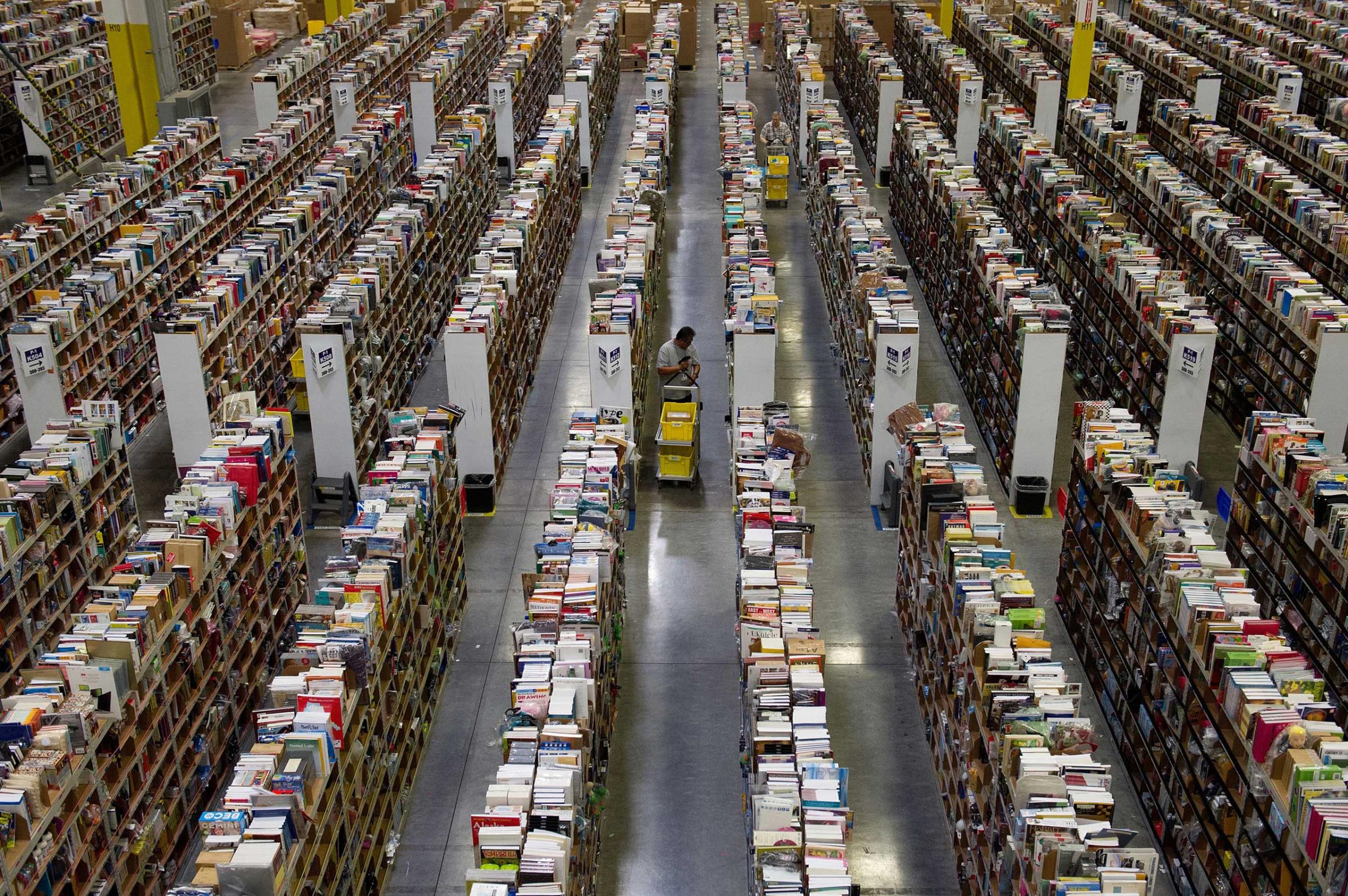

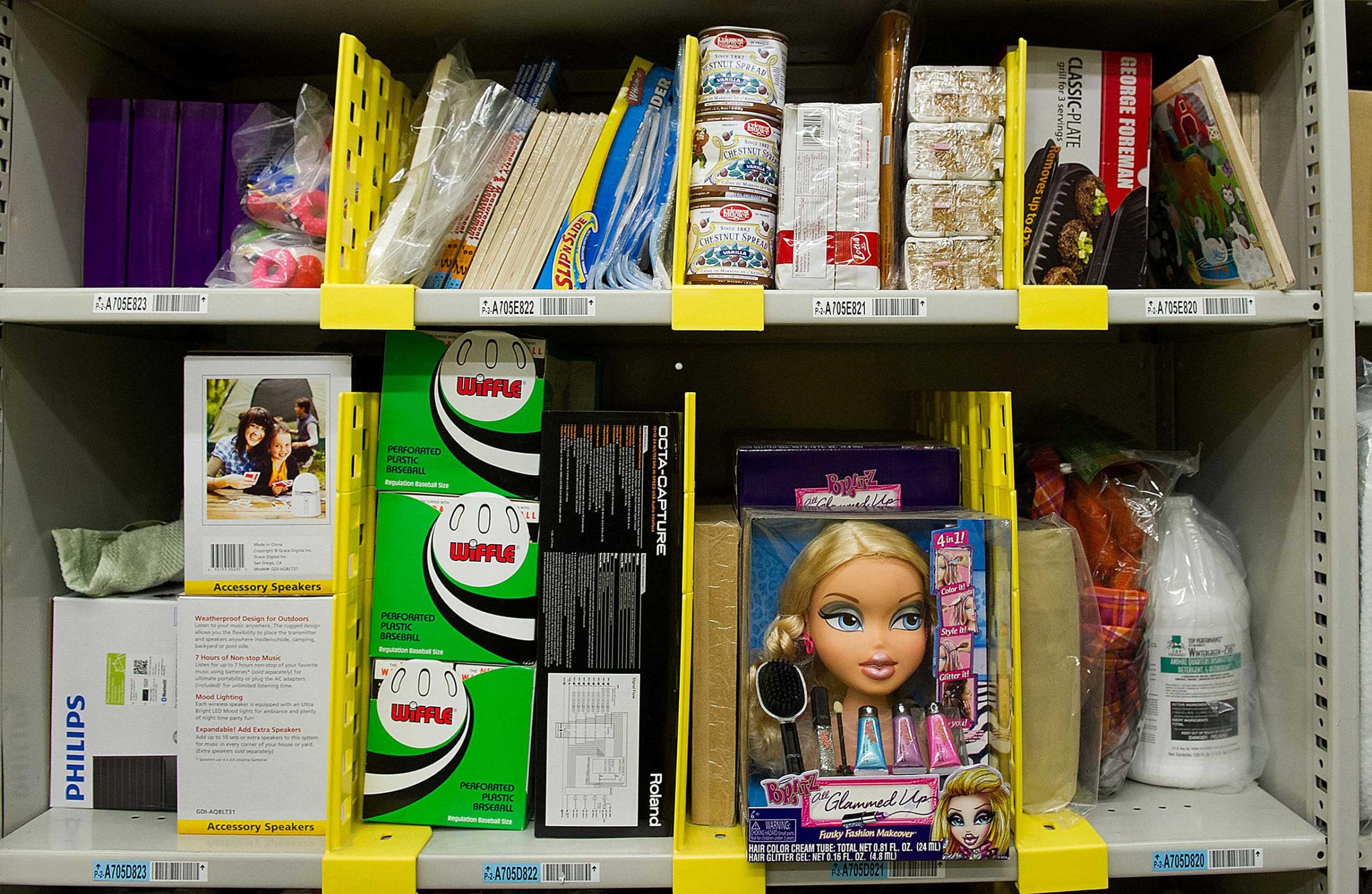
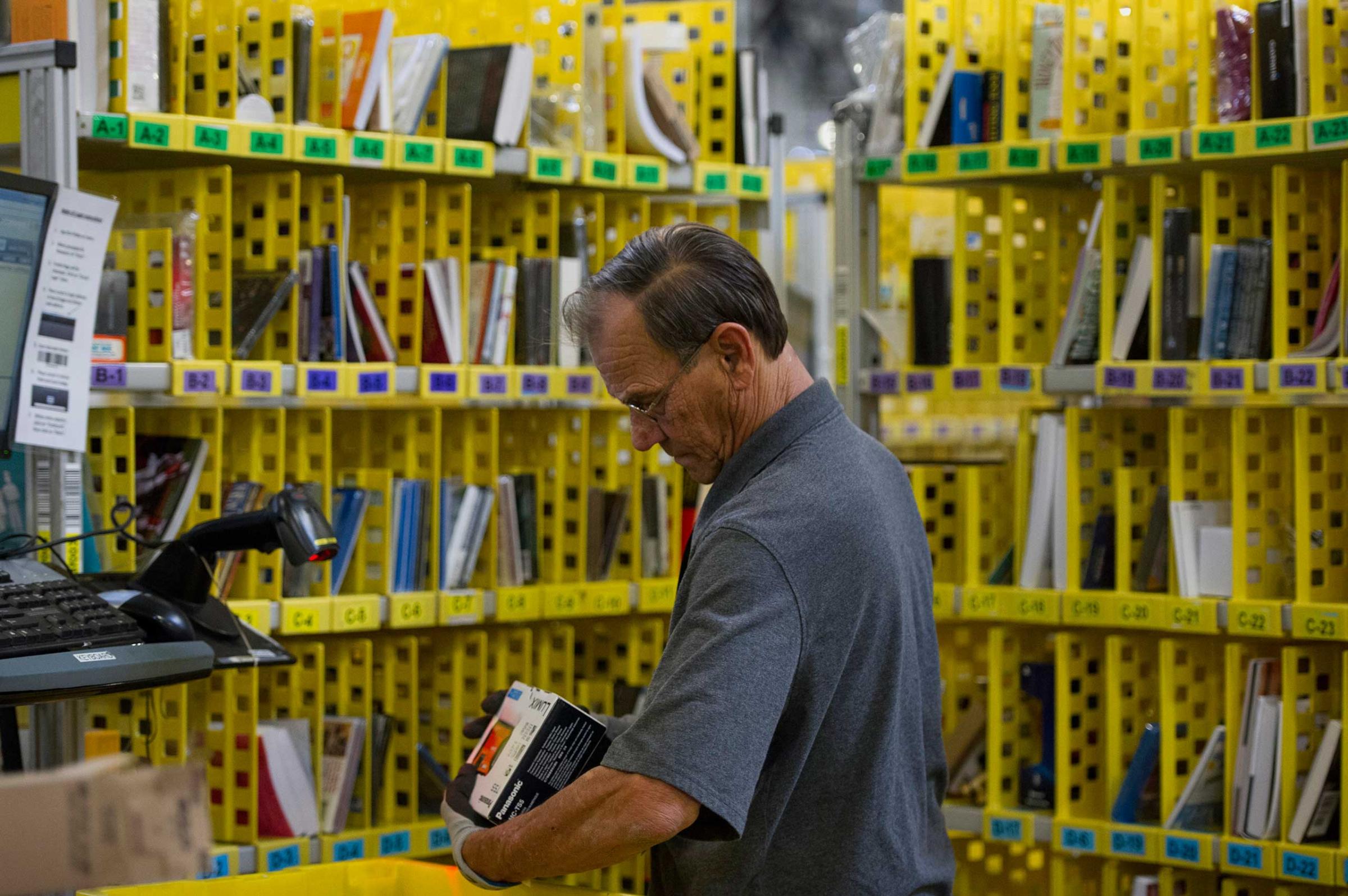

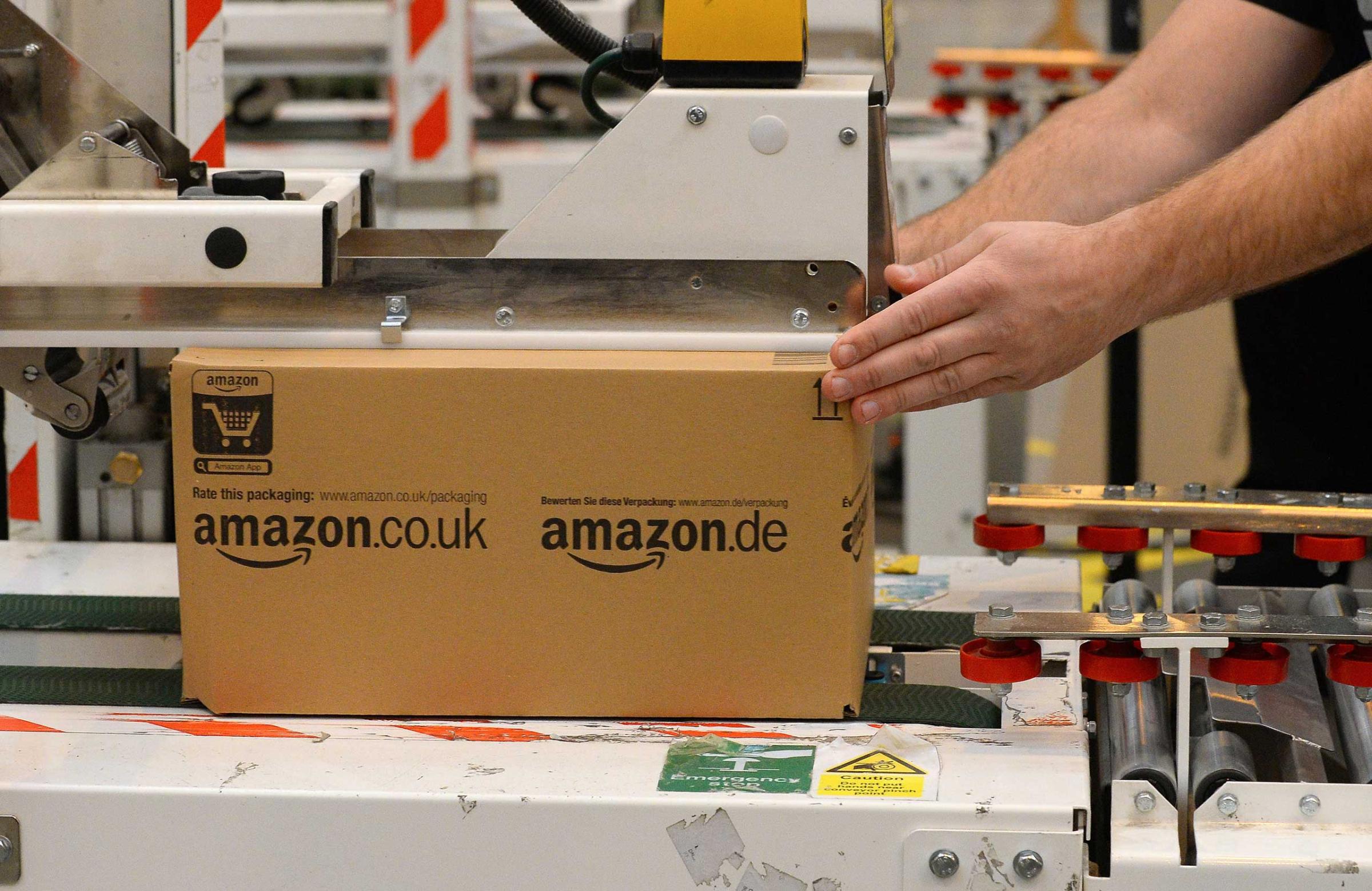
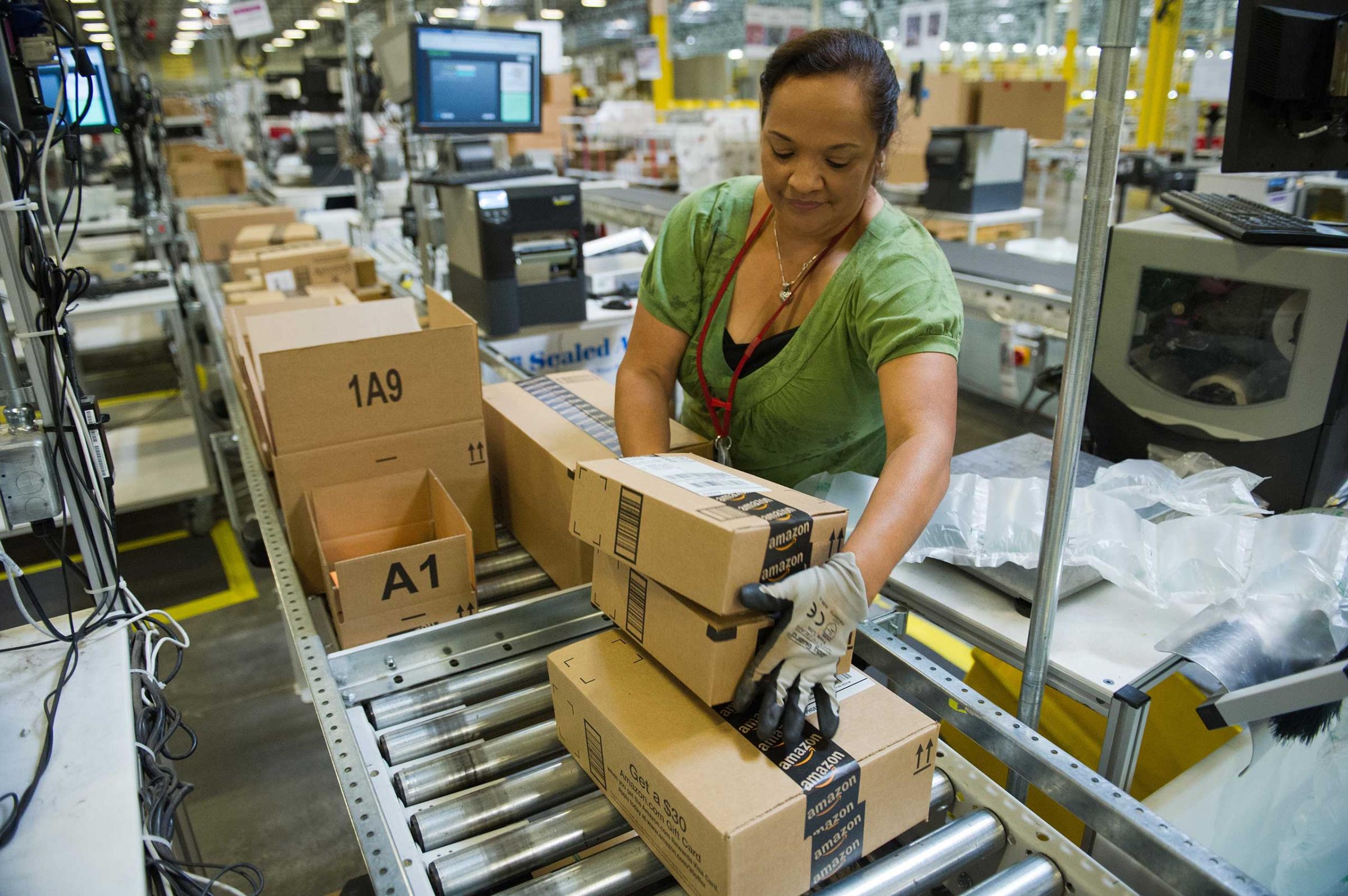
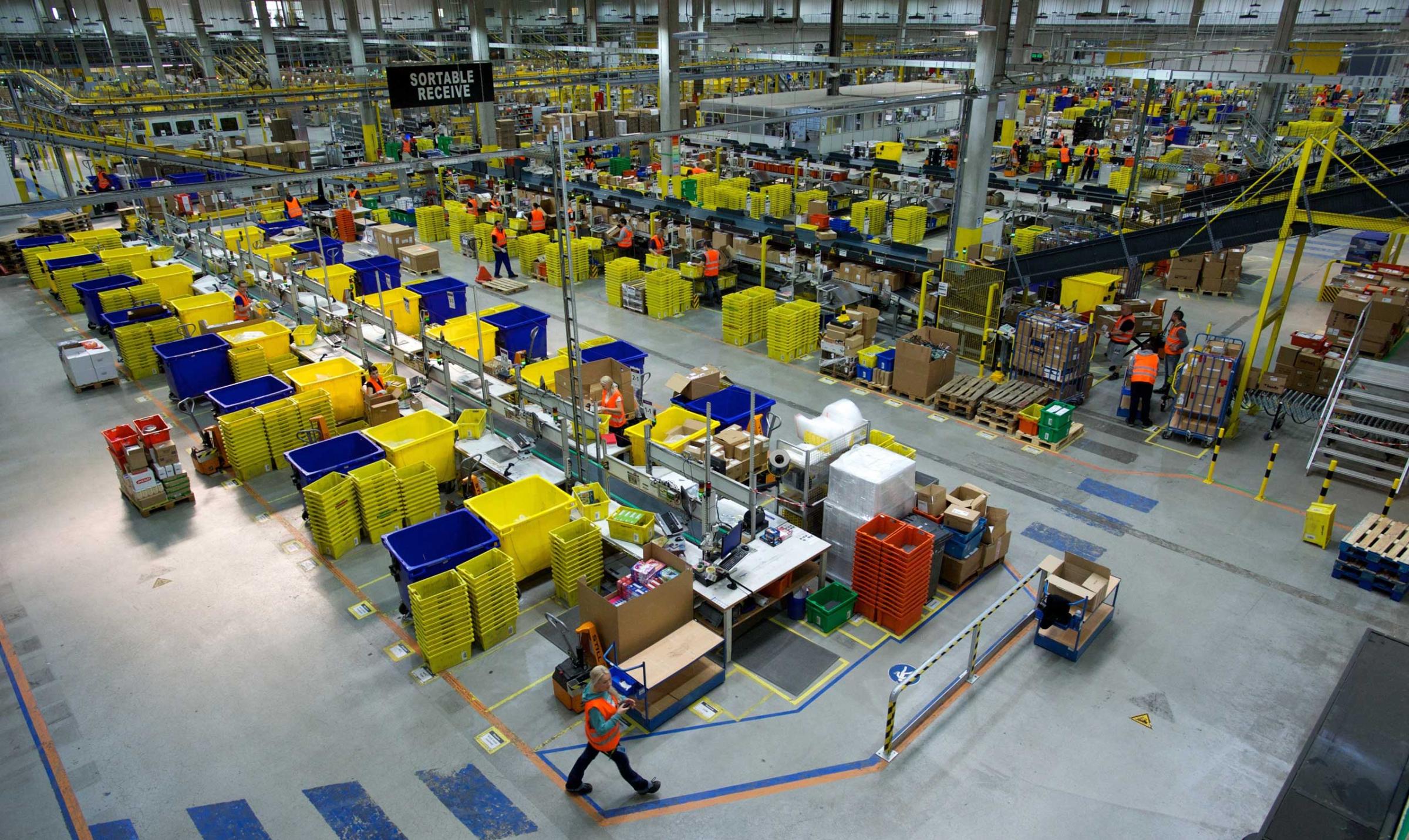
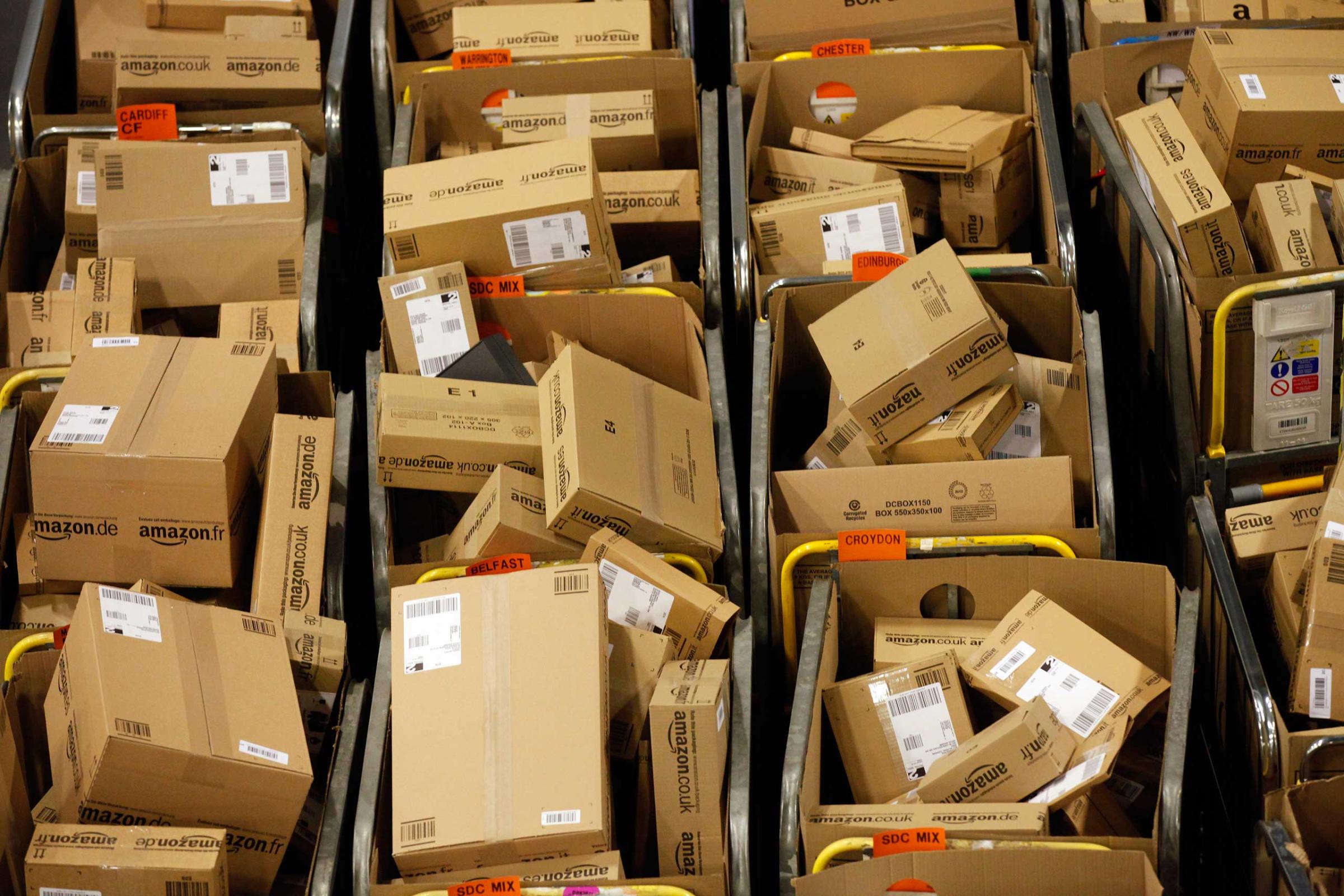
More Must-Reads from TIME
- Why Trump’s Message Worked on Latino Men
- What Trump’s Win Could Mean for Housing
- The 100 Must-Read Books of 2024
- Sleep Doctors Share the 1 Tip That’s Changed Their Lives
- Column: Let’s Bring Back Romance
- What It’s Like to Have Long COVID As a Kid
- FX’s Say Nothing Is the Must-Watch Political Thriller of 2024
- Merle Bombardieri Is Helping People Make the Baby Decision
Contact us at letters@time.com